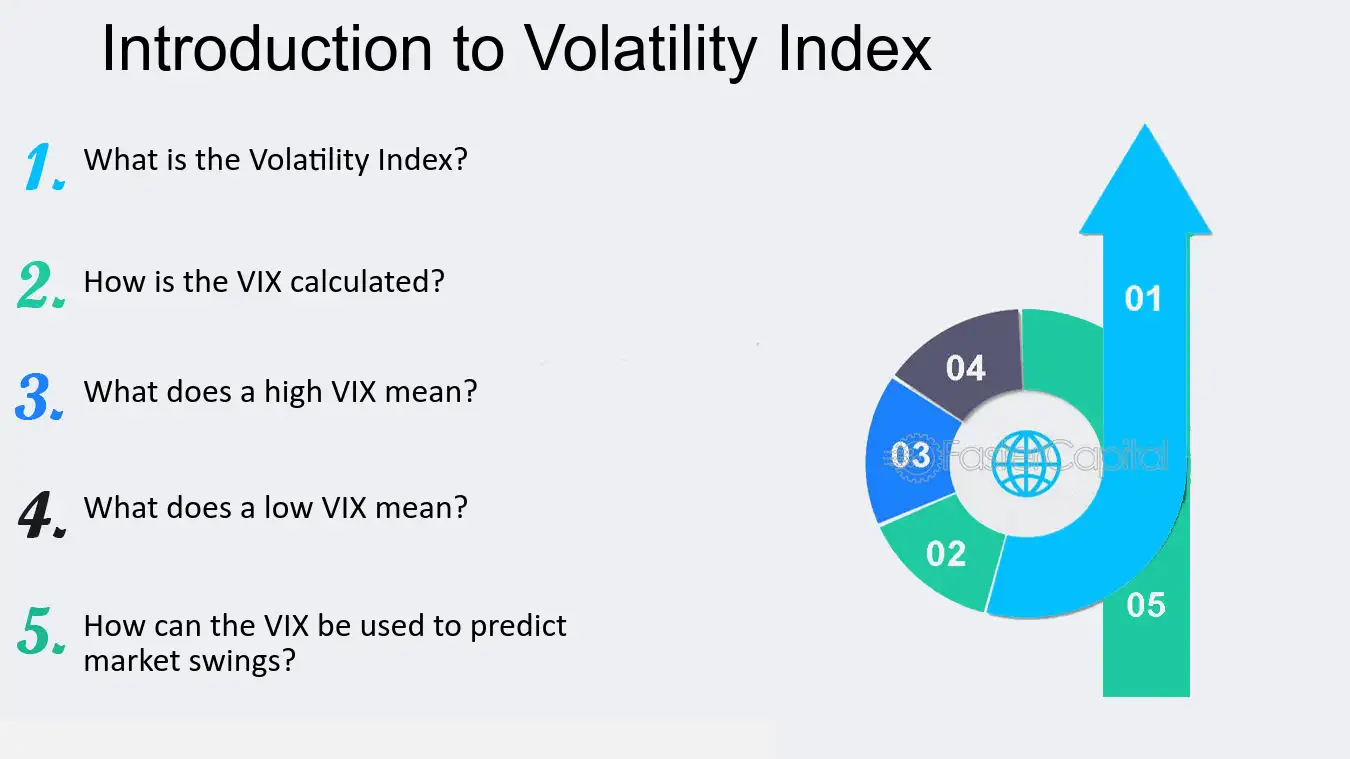Table of Contents
Introduction:
The Google Volatility Index, also known as the Google VIX, serves as a crucial metric in the realm of stock market analysis. While its counterpart, the CBOE Volatility Index (VIX), focuses on the broader market sentiment, the VIX hones in specifically on the volatility of stock price. In this extensive exploration, we will delve into the intricacies of the VIX, dissecting its calculation methodology, importance, utility, limitations, and strategies for interpretation. By immersing ourselves in the depths of the VIX, investors and traders can gain invaluable insights into market dynamics, make informed decisions, and navigate the ever-shifting landscape of stock market volatility with confidence and precision.
Calculation Methodology:

At the heart of the Google VIX lies a sophisticated calculation methodology that integrates various market factors and indicators. While the exact formula for computing the Google VIX may be proprietary and subject to change, it typically involves analyzing historical data on Google’s stock price movements, option prices, implied volatility levels, and other relevant market metrics. By synthesizing these inputs through complex mathematical models and algorithms, the Google VIX generates a numerical representation of the expected volatility in stock over a specified time horizon. This calculation methodology forms the bedrock of the VIX, providing investors and traders with a quantitative measure of market uncertainty and risk in relation to Google’s stock price.
Importance and Utility:

The Google VIX holds significant importance for investors and traders seeking to gauge market sentiment, assess risk levels, and adjust their investment strategies accordingly. As a leading technology company, Google’s stock price often reflects broader trends in the technology sector and the overall market. By monitoring changes in the VIX, investors can gain insights into investor sentiment towards stock and the technology sector as a whole. High levels of volatility in the VIX may signal heightened uncertainty or fear among investors, potentially leading to increased market volatility and wider price swings in stock. Conversely, low levels of volatility in the VIX may suggest a sense of stability or complacency in the market, with smaller price movements anticipated. By incorporating the VIX into their analysis, investors and traders can make more informed decisions, manage their risk exposure, and seize opportunities in the market.
Interpreting the Google VIX:

Interpreting the VIX requires a nuanced understanding of its readings and how they correlate with market conditions. A rising VIX often indicates increasing market volatility or uncertainty, which may be driven by a variety of factors such as geopolitical events, economic data releases, or company-specific news. In such scenarios, investors and traders may exercise caution and implement risk management strategies to protect their portfolios from potential downside risks. Conversely, a declining VIX suggests decreasing market volatility and a potential reduction in risk levels. This could be attributed to factors such as positive economic indicators, corporate earnings announcements, or improved market sentiment. By monitoring trends in the VIX over time, investors can gain insights into market dynamics, identify potential inflection points, and make timely decisions about their investment positions.
Limitations:

Despite its utility, the Google VIX has inherent limitations that investors and traders should be aware of. Like any volatility index, the VIX is based on historical data and market prices, which may not always accurately reflect future volatility levels. Market dynamics can change rapidly, and unforeseen events or developments may impact volatility levels in unpredictable ways. Additionally, the VIX focuses solely on stock price volatility and may not capture broader market trends or dynamics. As such, investors and traders should use the VIX as one of many tools in their analytical arsenal and supplement its insights with other indicators, fundamental analysis, and market research.
Conclusion:
In conclusion, the Google Volatility Index, or Google VIX, serves as a vital barometer of market sentiment and risk in relation to Google’s stock price. By understanding its calculation methodology, importance, utility, and limitations, investors and traders can leverage the insights provided by the VIX to make more informed decisions and navigate the complexities of the stock market with confidence. While the VIX offers valuable information about market volatility and risk, it is essential to incorporate other analytical tools and techniques into one’s investment strategy to develop a comprehensive understanding of market conditions. By integrating the insights gleaned from the VIX into their decision-making process, investors and traders can enhance their ability to manage risk, capitalize on opportunities, and achieve their investment objectives in today’s dynamic and ever-changing market environment.
For More Information Please Visit These Websites Craiyon and gelbooru



